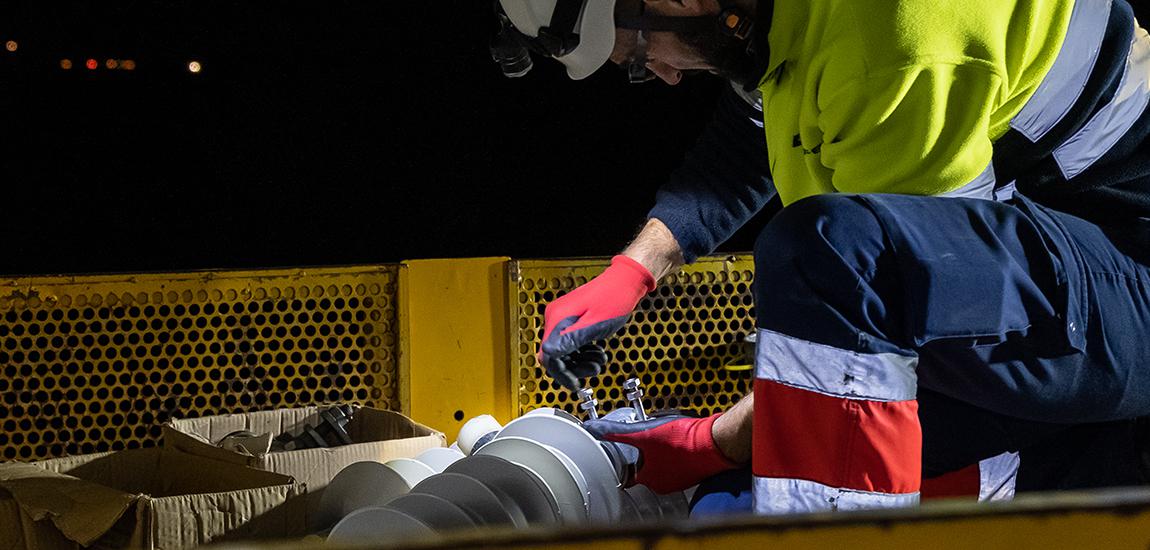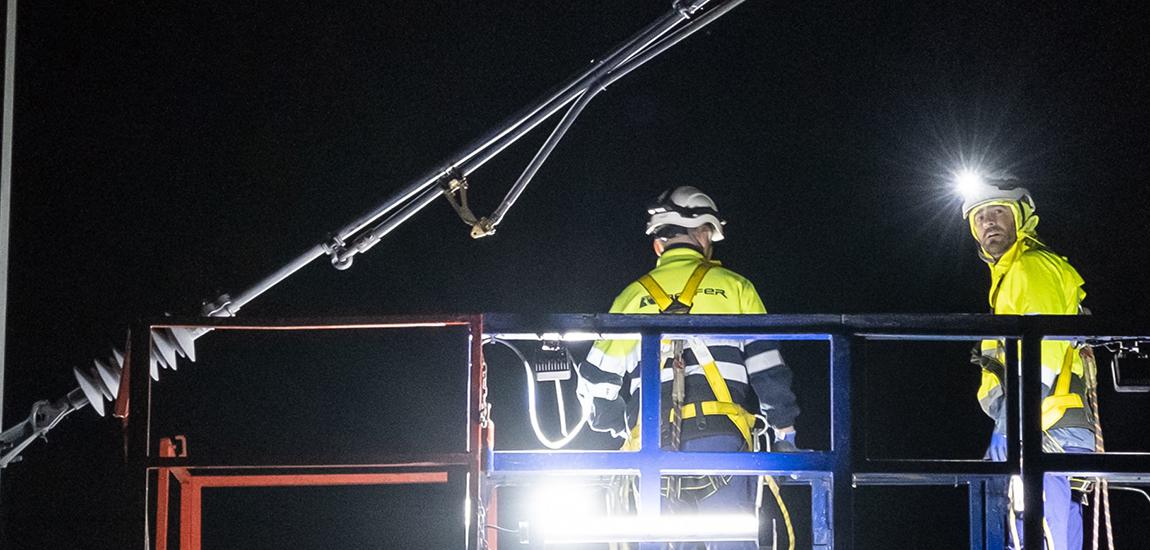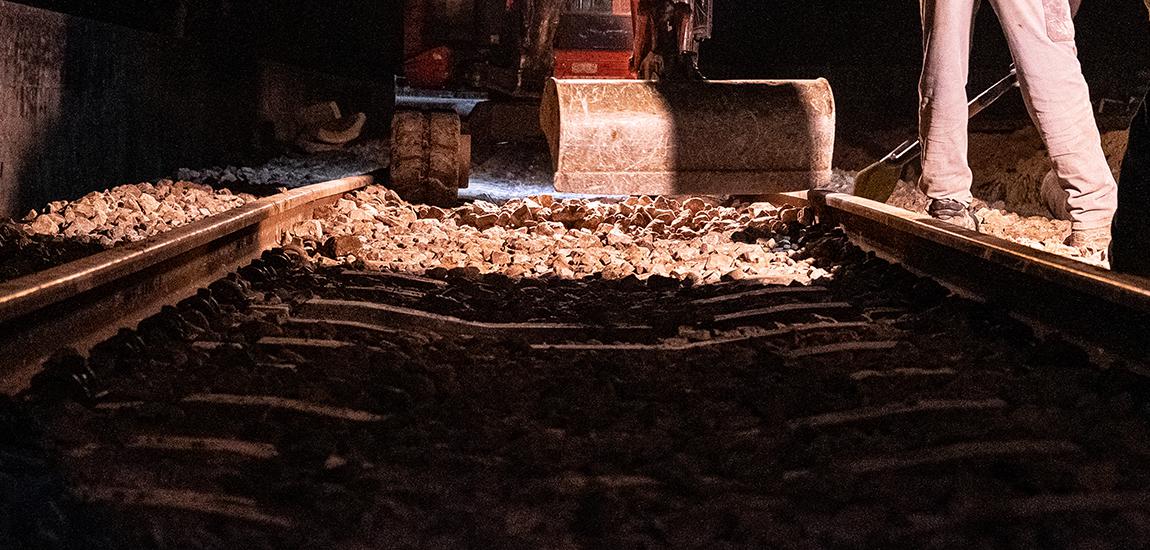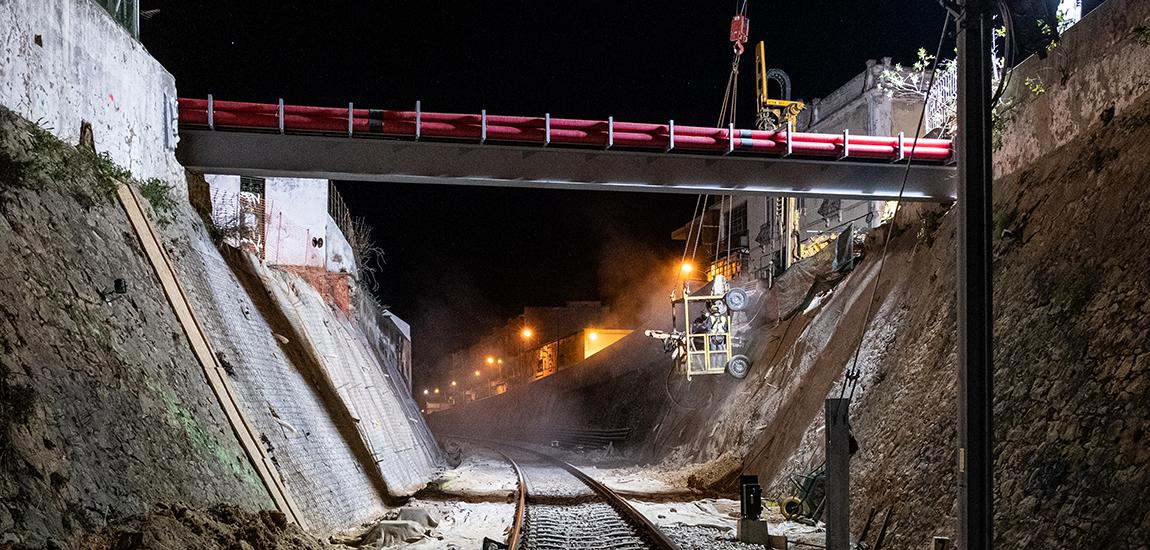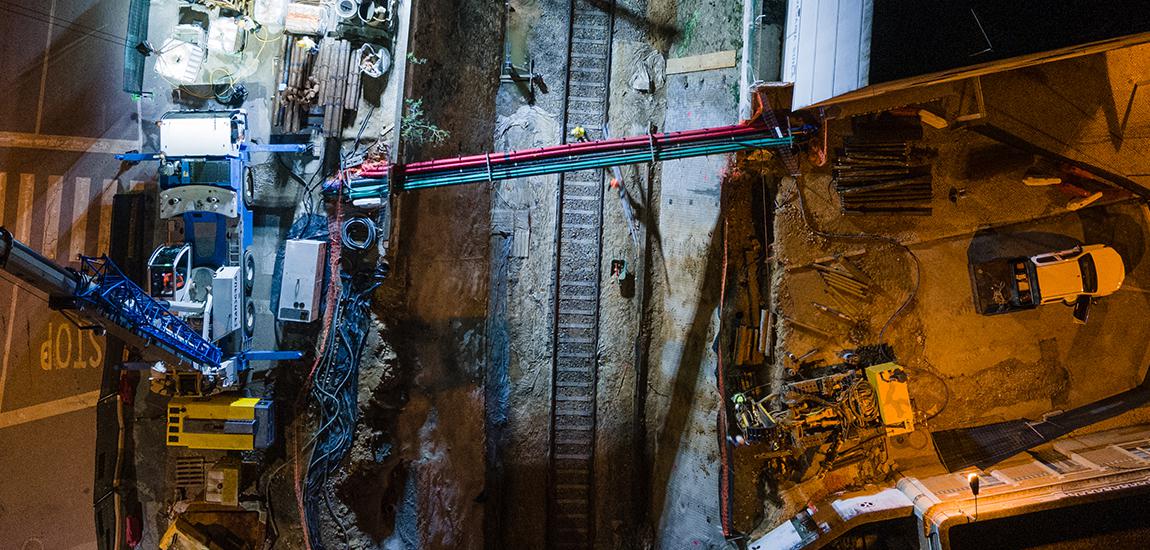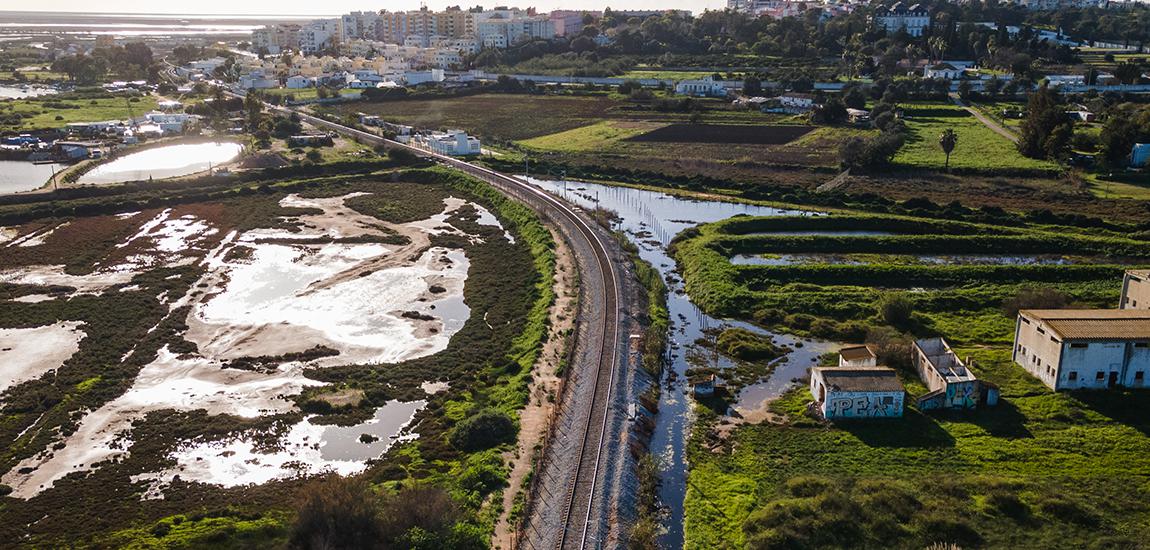Loulé, Faro, Olhão, Tavira, Castro Marim and Vila Real de Santo António
Scope of Work
The electrification of the stretch of the Algarve line between Faro and Vila Real de Santo António with the 25 kV/50Hz system also includes the following work:
- Installation of traction current return system and protection soil;
- Construction of the new Loulé Neutral Zone (Loulé NZ), to be installed at km 322+800;
- Construction throughout the stretch of a new support infrastructure for signaling and telecommunications systems;
- Replacement of the deck on the elevated crossing at Km 349+681, to overcome issues relating to the installation of the electrical traction infrastructure;
- Lowering of the track in the immediate area around the elevated crossing at Km 367+736 covering a length of approximately 250 m with work involving earthmoving, reprofiling of slopes and installation of a suitable longitudinal drainage system so as to overcome issues relating to the installation of the electrical traction infrastructure;
- Raising height of exterior bridge abutments on elevated crossing 387+014 which support water feeder pipes for the water company Águas do Algarve and the Algarve Regional Directorate of Agriculture and Fisheries, to overcome issues relating to the installation of the electrical traction infrastructure;
- Stabilization of slopes;
- Work on slopes with a lack of space on track pathways to allow the installation of overhead contact line support structures;
- Drainage work in areas of slope expansion and stabilization, areas where height was lowered and areas of interference between overhead contact line support structures and existing longitudinal drainage;
- Work on buildings at stations and secondary stops, more specifically, requirements arising from the installation of the fixed electrical traction infrastructure, such as the earthing connection of metal elements and the adaptation and construction of telecommunications rooms, preparation of the infrastructure for the installation of audio information systems and replacement of lighting columns on passenger platforms.
Benefits
The conclusion of this work will ensure that the Algarve line can be used by electric powered rolling stock, thus providing environmental advantages and improved quality of rolling stock;
Improved mobility in the Algarve metropolitan area;
Promotion of rail travel which does not rely on the use of fossil fuels.
Community Funding

